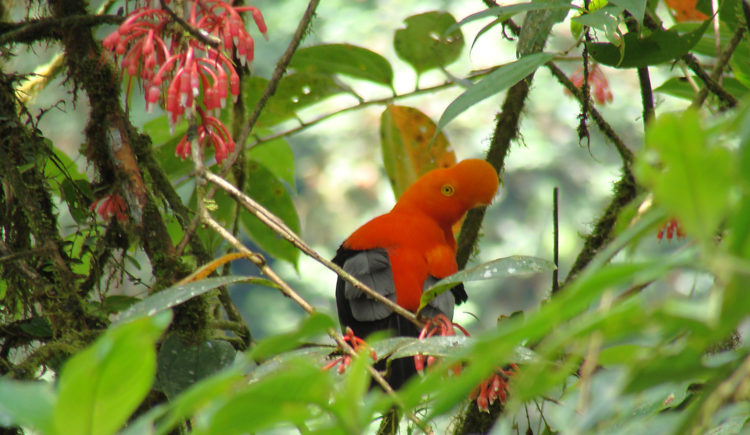/ month
placeholder text
Post List
Editor's Picks
Newspaper Rock – Covered with Hundreds of Ancient Indian Petroglyphs
Well, in San Juan Country, a 200 square-foot Newspaper...
Hitachi Seaside Park – A Floral Paradise in Japan
Perhaps you believe it or not, these fairytale-like fields...
The Mind-blowing Giant Groundsels (Dendrosenecio kilimanjari)
The ancient plants known as Giant Groundsels (Dendrosenecio kilimanjari)...
6 Reasons Why Cleaning Your House is a Top Priority
Why Cleaning Your House is a Top Priority?
Cleaning the...
Juancho E. Yrausquin Airport – The Shortest Commercial Runway in the World
Juancho E. Yrausquin Airport is an airport on the...
Waffle Rock – A Big Attraction at Jennings Randolph Lake, Virginia
Waffle Rock is a large piece of rock is...
World’s First Suspension Bridge to Connect Two Mountain Peaks
At about 9,800ft-high and 351ft-long the new Swiss Alps'...
Thonet Launches Colorful Outdoor Range of Classic Chairs
Thonet is launching an outdoor range of classic chairs...
Don't Miss
Rose of Sharon comes in Number of Varieties Shades
Rose of Sharon "Hibiscus syrfiacus" is the chief value...
Exploring the Natural Wonders of Crystal Geyser, Utah
Crystal Geyser is located approximately 4.5 miles (7.7 km)...
Stunning Illuminated Fish Lamps by Frank Gehry
Prize-winning architect and designer Frank Gehry developed smaller, but...
What is Language Interpretation in Healthcare?
What Is Language Interpretation In Healthcare?
Language interpreting is the...
Della Falls: Vancouver Island’s Majestic Hidden Gem
Della Falls is a breathtaking waterfall in Strathcona Provincial...
Fishing Village in Gouqi Island Slowly Taken Over by Nature
Human beings are used to developing the natural world...
Most Dismissals in a Single one-day Tournament
Australian dashing wicketkeeper-batsman Adam Gilchrist leads the way by...
Charismatic Planet © 2024 . All Rights Reserved.





















